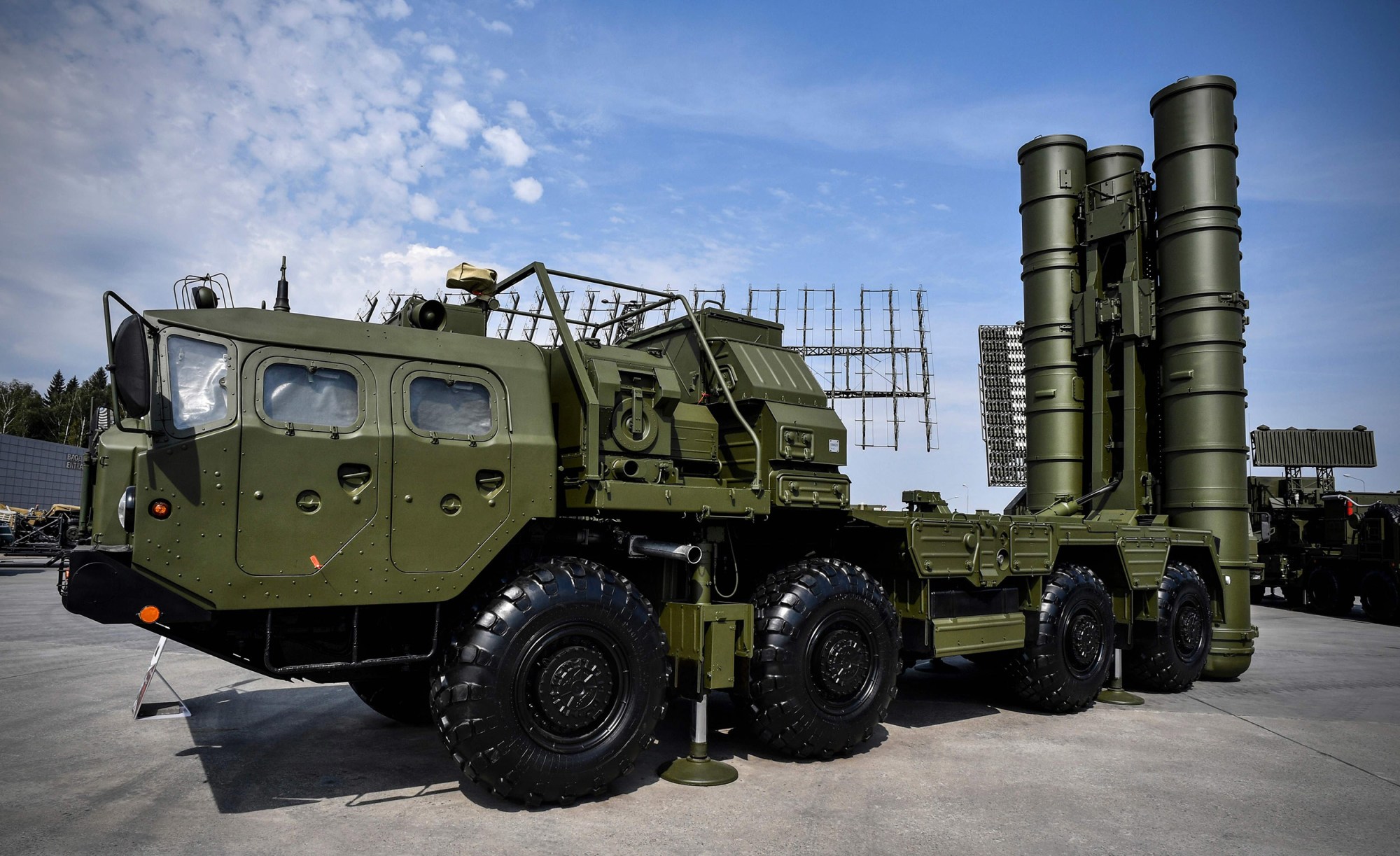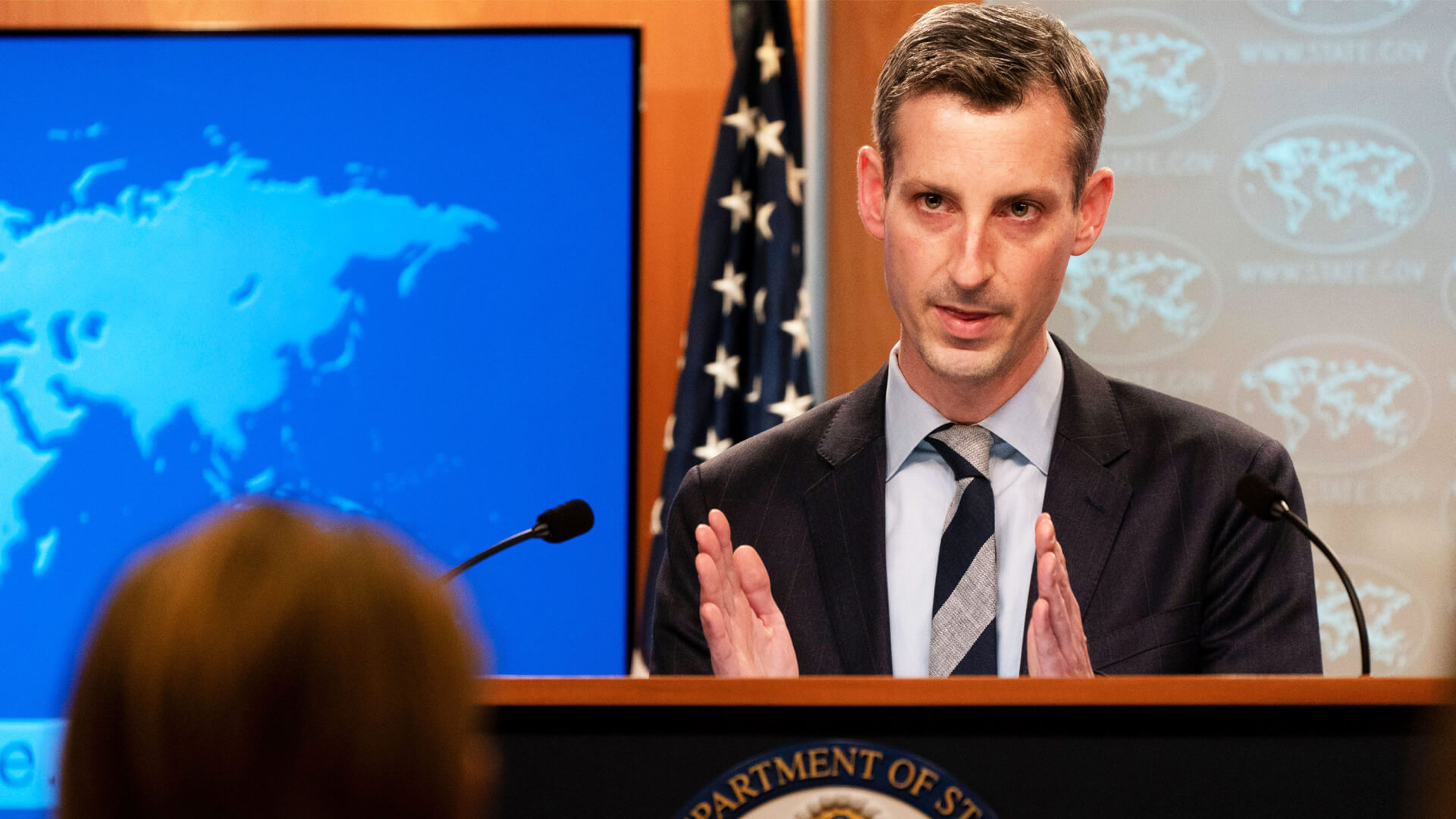In the latest communication showcasing the US’ discontent with buying Russian defence systems, the United States (US) State Department spokesperson Ned Price warned that Russia’s S-400 missile defence system deal with India highlighted its “destabilising role” in the region and beyond.
Speaking during his daily news briefing on Thursday, Price was asked whether the tensions caused by Russia’s potential invasion of Ukraine impacted the US’ stand on India’s purchase of the Russian air defence missiles. In response, he said that issues with the S-400 were not affected by the Ukraine conflict. “When it comes to [Countering Americas Adversaries Through Sanctions (CAATSA)] sanctions, you’ve heard me say before, we haven’t made a determination with regard to this transaction, but it’s something we continue to discuss with the government of India given the risk of sanctions for this particular transaction under CAATSA,” he added. Nevertheless, he said that the US would continue to urge all partners to “avoid major new transactions for Russian weapon systems.”
A $5.5 billion deal was signed between India and Russia for five S-400 air defence systems in October 2018. The deal was crucial for India as it could then defend itself better against enemy fighter aircraft and cruise missiles from a distance of 400 kilometres. In November last year, Russia began delivering the S-400 regiments to India.

New Delhi’s decision to acquire the squadrons from Russia has been a critical issue of contention between the US and India. This S-400 delivery could prospectively trigger sanctions against India under the CAATSA, which seeks to deter American allies from purchasing defence equipment from Russia and its other adversaries.
India, however, has maintained that the deal was underway before the CAATSA law was brought into force and, therefore, cannot be used to justify sanctions against it. However, it has already reduced its reliance on Russian weapons. From 2016 to 2020, there was a 53% drop in Russian arms exports to India. Simultaneously, its defence ties with the US have increased, with arms sales hitting $3.4 billion in 2020.
Despite the threat of the US sanctions, India deployed its first S-400 squadron in its Punjab sector. The systems are an essential addition to India’s defence equipment, particularly in light of its simmering tensions with both China and Pakistan. Meanwhile, for the US, imposing sanctions and alienating India is detrimental to its security interests. As the only Quad member to share a land border with China, India is strategically located to further the Alliance’s ambitions in the Indo-Pacific region.

